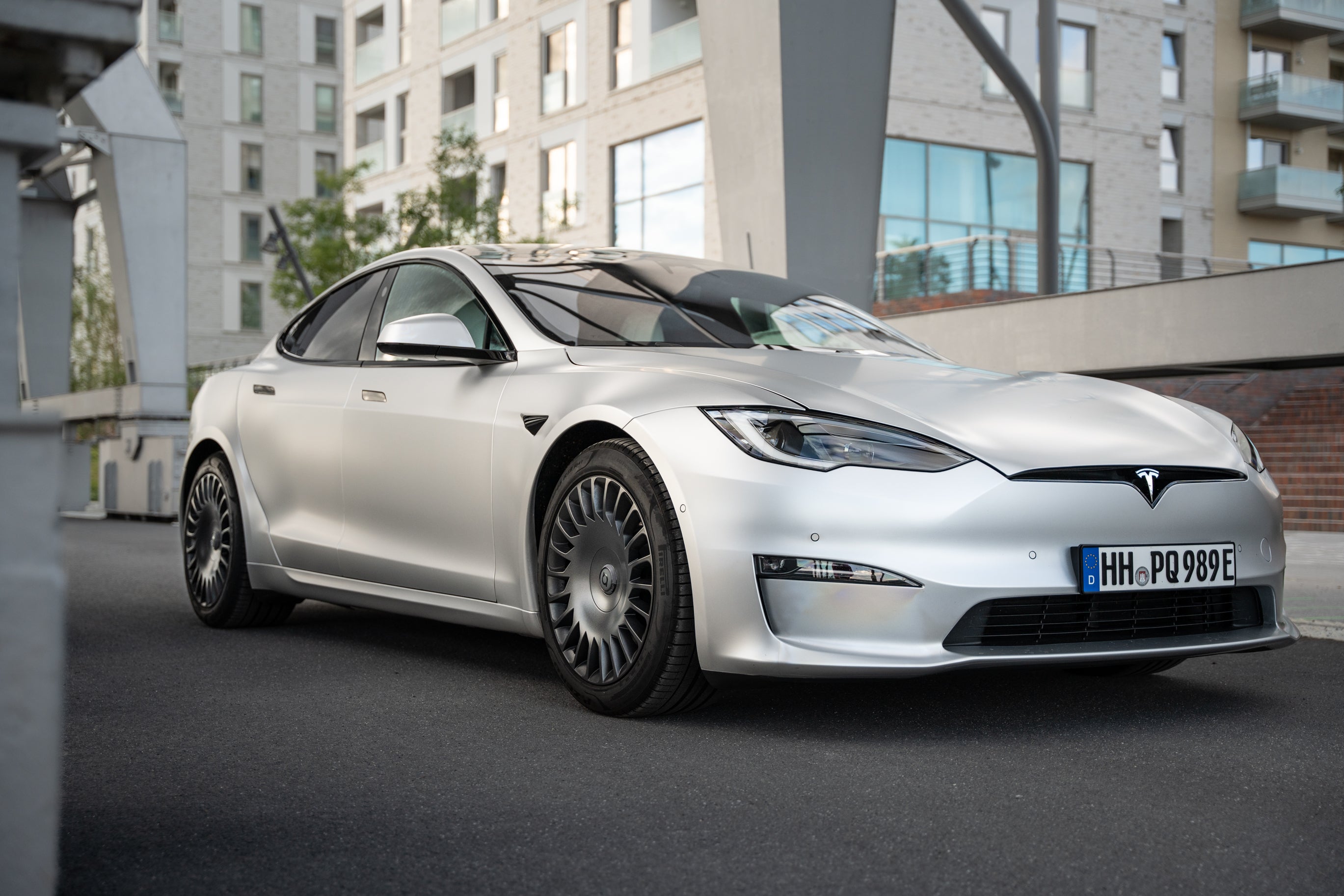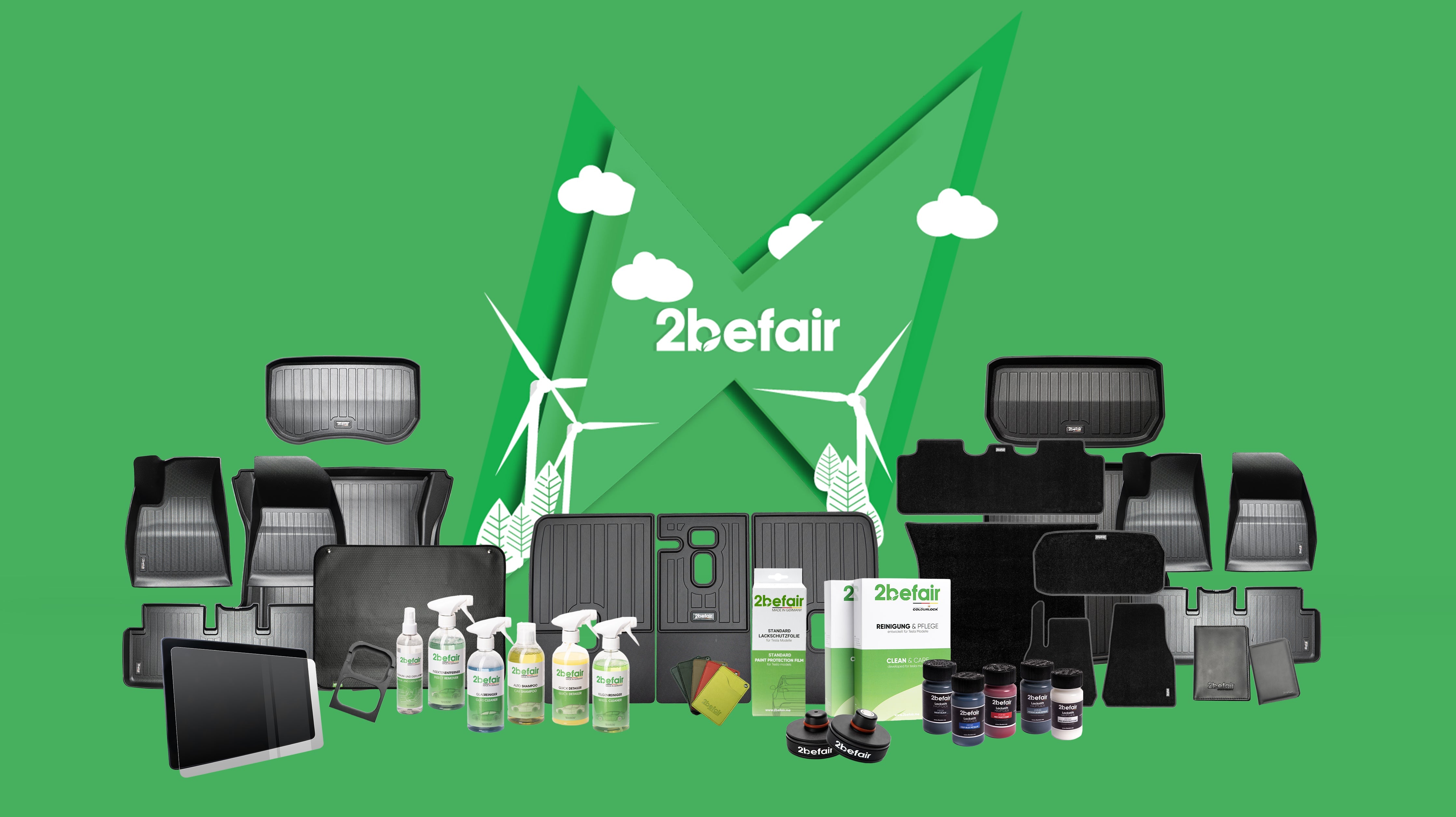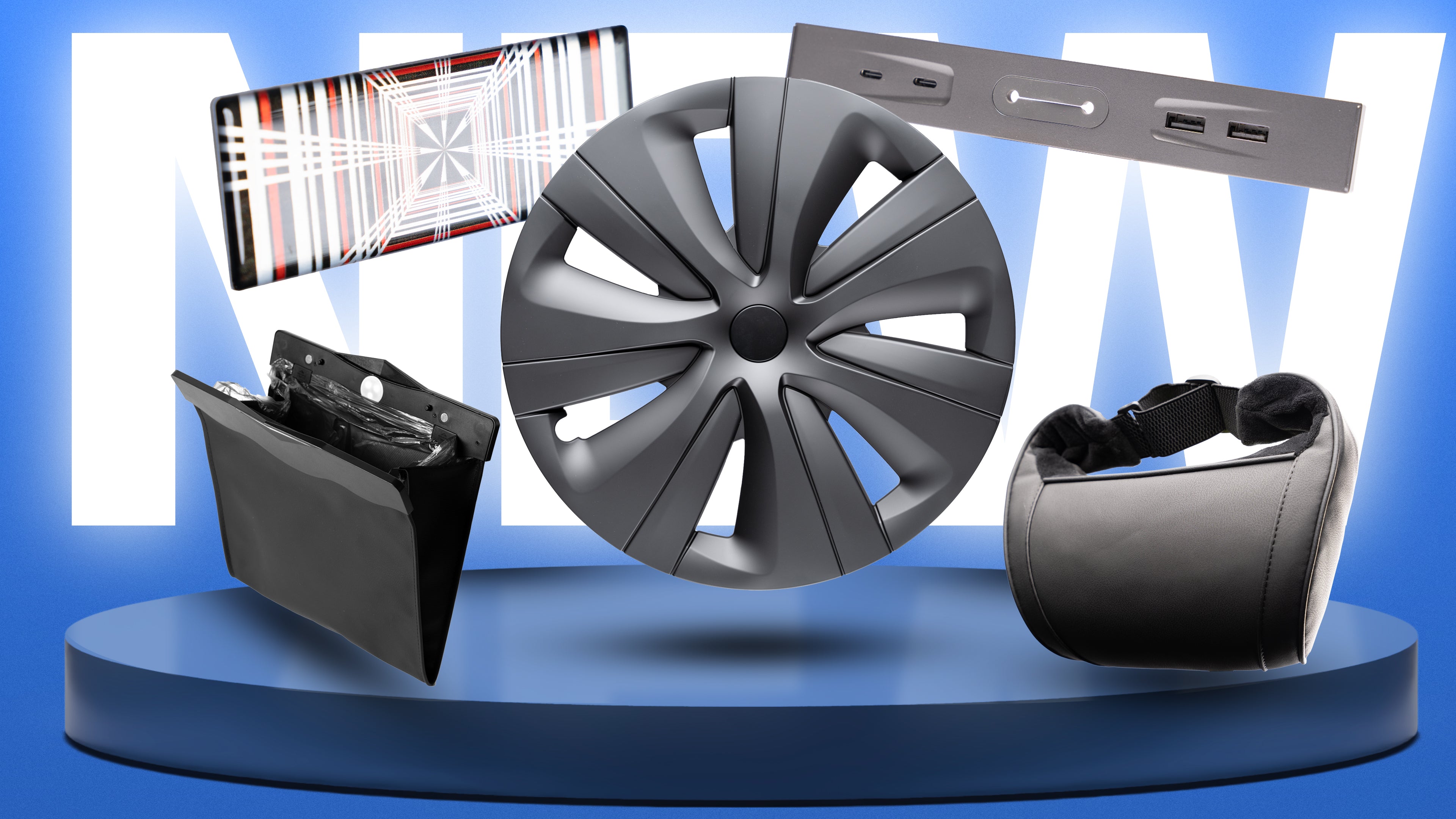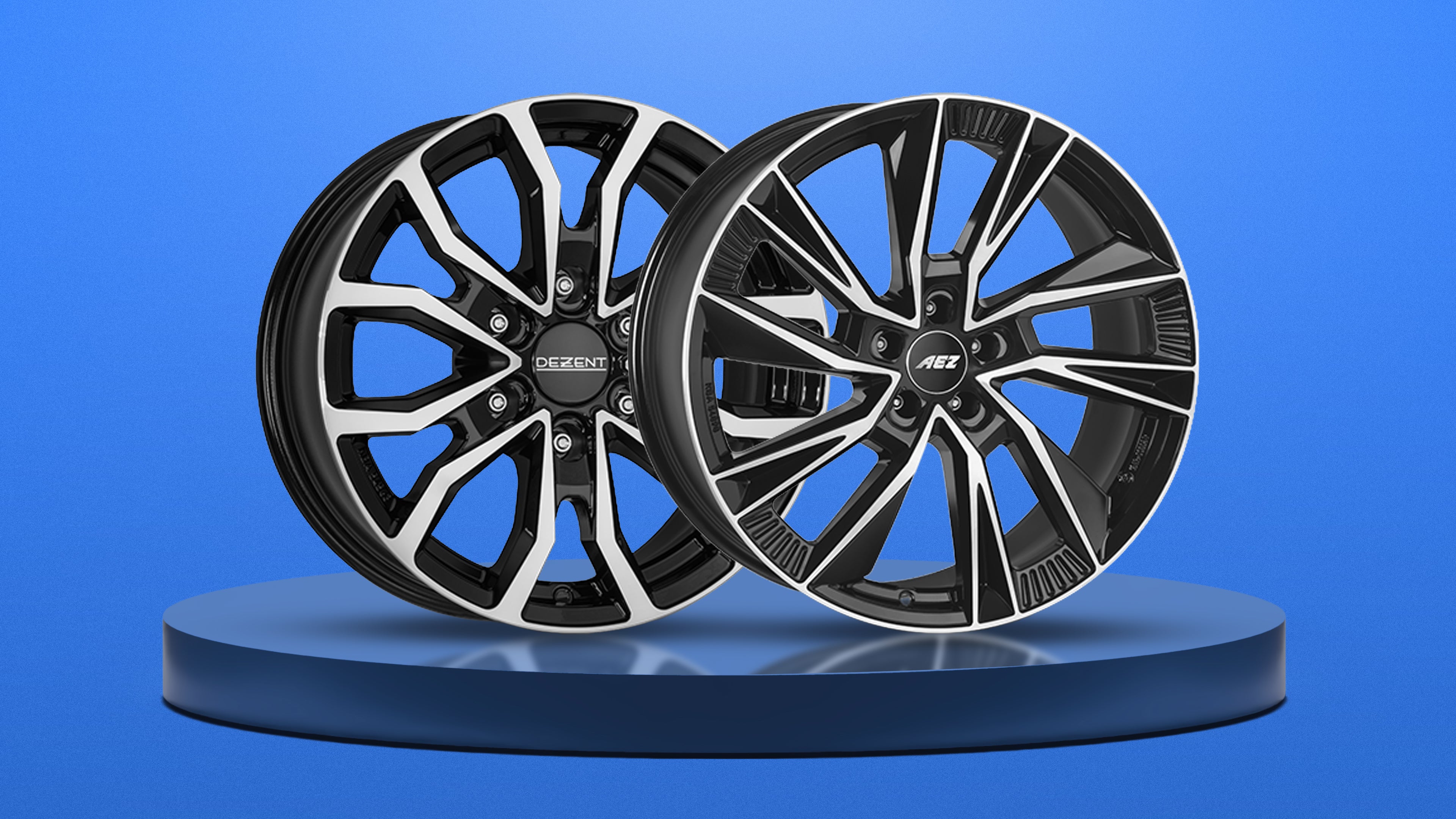Anyone who deals with the topic of electric mobility will also come across the term recuperation. The question quickly arises as to what recuperation actually is and what it is used for in an electric car. In this summary, we want to get to the bottom of the most important points. Recuperation, also known as regenerative braking, plays a decisive role in the energy efficiency of electric vehicles. Part of the kinetic energy generated when the vehicle decelerates or brakes is recovered and converted into electrical energy, which is then fed back into the vehicle battery. However, recuperation is not only effective when braking, but also when driving downhill. In contrast to conventional combustion engines, which often lose energy in the form of braking heat when driving downhill, electric vehicles can recover a large proportion of this energy through recuperation. Gravity supports this process by supplying the vehicle with additional kinetic energy, which is converted into electrical energy and stored.

The importance of recuperation lies primarily in increasing the range and energy efficiency of electric vehicles. Some key aspects are
Range optimization: By recovering energy during braking/recuperation, the range of an electric vehicle can be significantly increased. Instead of wasting the energy generated during braking in the form of heat, it is fed back into the battery during recuperation and is thus available for further journeys.
Energy efficiency: Electric vehicles are generally more energy-efficient than conventional vehicles with a combustion engine. Recuperation reinforces this effect by helping to recover more energy and reduce overall energy consumption.
Driving experience and comfort: Integrating recuperation into the driving experience, especially through systems such as Tesla's particularly distinctive One Pedal Drive, makes driving electric vehicles more intuitive and enjoyable. The gentle deceleration when releasing the accelerator pedal is often perceived by drivers as smooth and comfortable. It is important to ease off the accelerator pedal slowly and not release it abruptly in order to keep the deceleration as gentle as possible.
Overall, recuperation is an important aspect of electromobility, which increases the efficiency of electric vehicles in particular and promotes optimal use of otherwise wasted energy. Tesla gives you the option of setting the recuperation stop mode to one of three different variants. This can be done while the vehicle is parked under: Vehicle > Pedals & Steering > Stop mode. You can set the following variants (quote from the Tesla manual):

CreepWhen the vehicle is almost or completely stopped, the motor continues to apply torque to move the Tesla forward (in forward mode) or backward (in reverse mode), similar to a conventional vehicle with an automatic transmission. In some situations, such as on a steep incline or in a driveway, the accelerator pedal may need to be used to keep moving and prevent the Tesla from rolling in the opposite direction.
RollingWhen the vehicle is almost or completely stationary, the Tesla can roll freely, like a vehicle in neutral mode. For example, after stopping on a slope, the Tesla rolls downwards. The brake is not applied and the motor does not apply torque (until the accelerator pedal is pressed).
HoldMaximizes range and reduces brake wear through regenerative braking at lower speeds, unlike the "Creep" and "Roll" settings. When the Tesla comes to a standstill, the brakes are automatically applied without the need to press the brake pedal. When coming to a standstill on a flat surface or on a slope, the holding function keeps the brakes activated as long as the accelerator or brake pedal is not depressed.
However, it should be noted that when recuperation is used intensively, especially in Tesla vehicles due to the comparatively high recuperation, the conventional brakes are not always used sufficiently. To maintain the brakes and prevent rust formation, it is advisable to apply the brakes vigorously from time to time. A recommended method for this is also occasional braking with recuperation switched off, which is only possible in the Tesla by engaging neutral (N). However, care should be taken to ensure that these maneuvers are carried out safely, especially if there are other vehicles in traffic, as the braking effect may be different in this case.





































